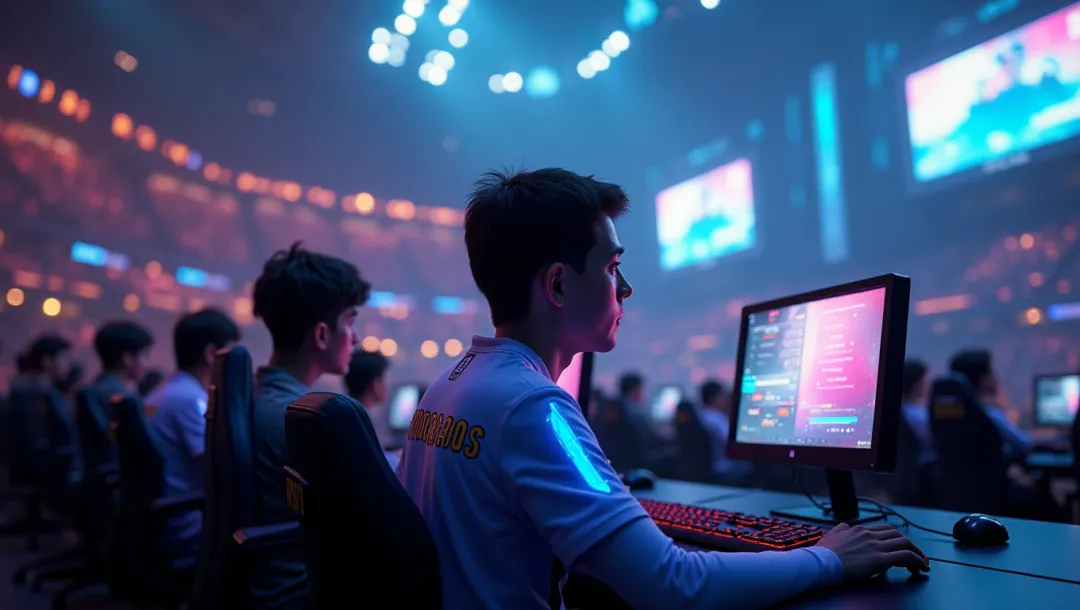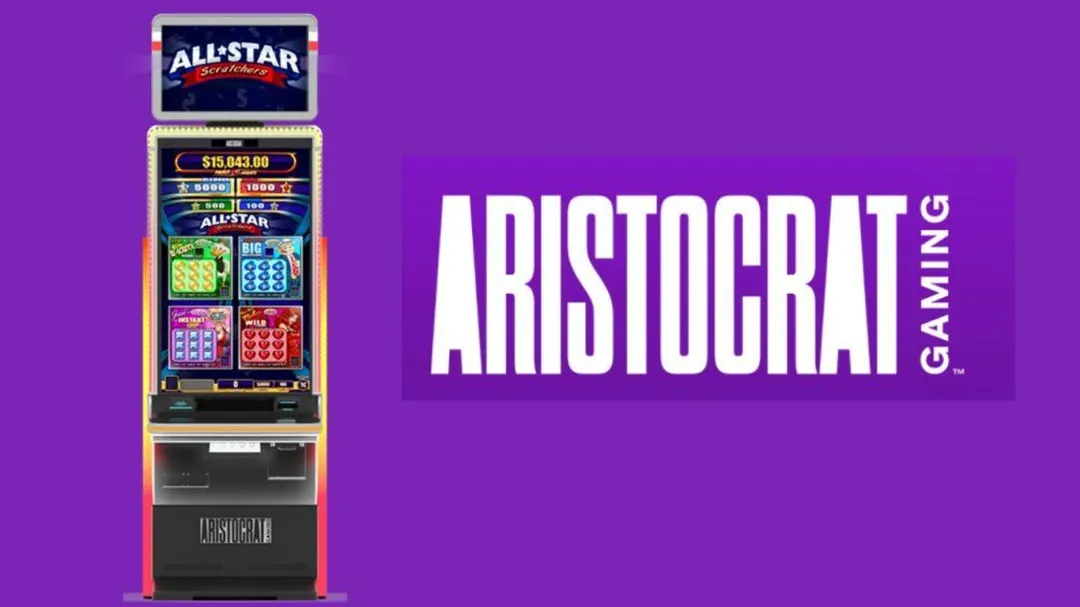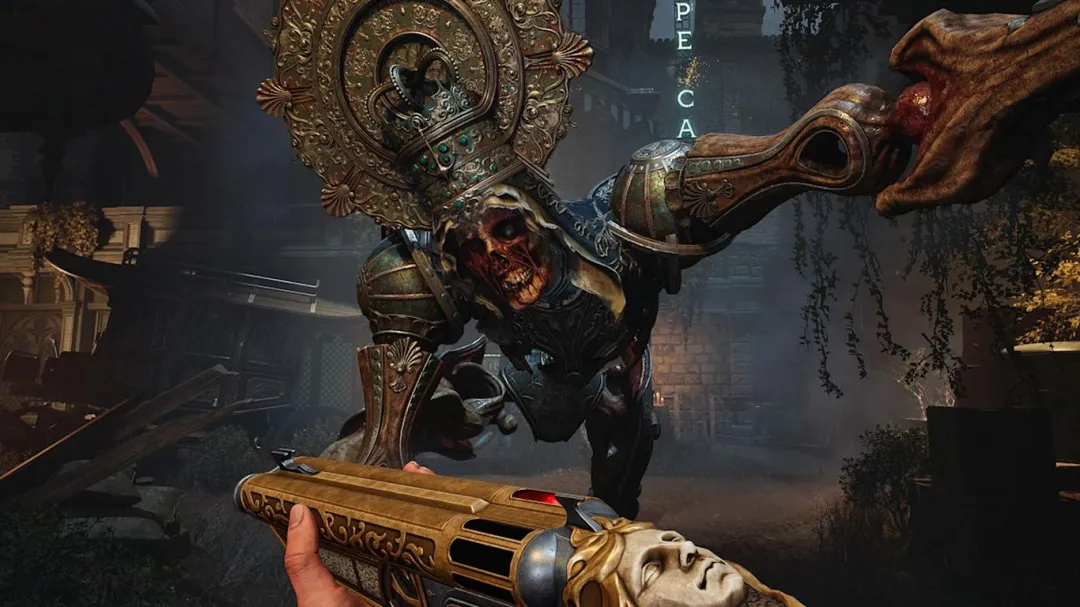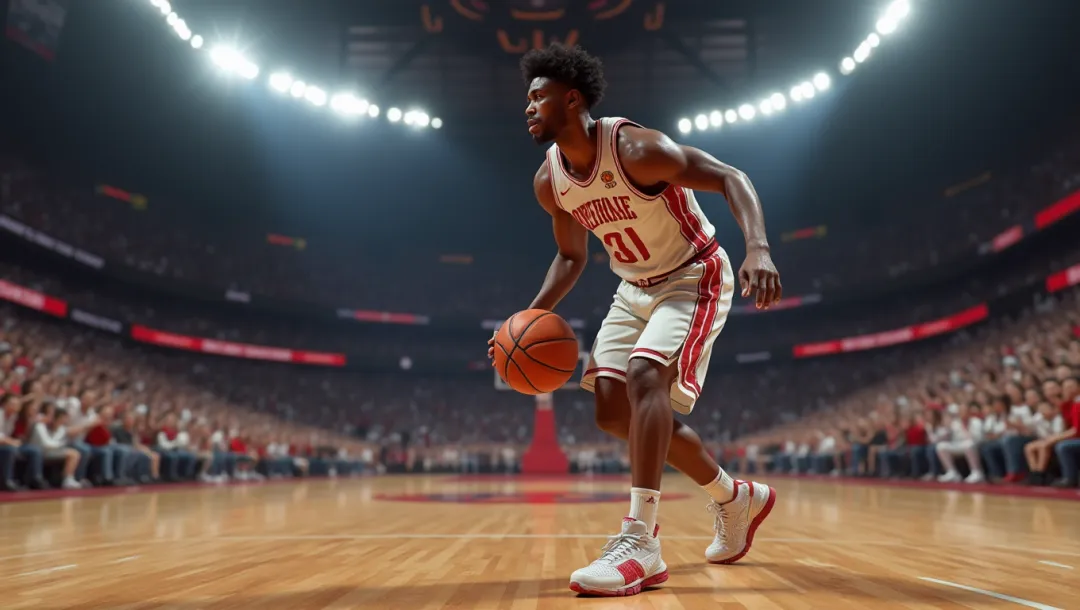Top 5 Trends in Competitive Gaming

In San Francisco, the competitive gaming scene is undergoing a significant transformation. According to recent analysis by industry expert Mark Lovett, 2025 marks a pivotal year where gaming evolves from a professional sport into a hybrid space welcoming casual and committed players alike. What was once the exclusive domain of esports professionals is now accessible to millions logging on after work, engaging in ranked competitions that extend into the night.
Players are no longer just participating for fun; they are building reputations that influence their standing within sprawling online communities. Digital trophies and rare skins have become coveted symbols of achievement, sometimes sparking international conversations around scarcity and value. This shift reflects broader trends in digital identity and competitive engagement, requiring both skill and dedication.
Experts suggest that this democratization of competitive gaming not only boosts player involvement but also broadens the industry’s growth potential. Gaming companies and streaming platforms report increased user engagement metrics, reinforcing the importance of this crossover between casual and professional play. As Lovett notes, “Competitive gaming in 2025 is less about exclusive competition and more about an inclusive culture where reputations are forged and relished across diverse player bases.”
As we observe these developments, it becomes clear that the mid-2025 gaming landscape is reshaping how society views digital competition. The blend of casual sessions escalating into serious ranked battles exemplifies the evolving culture around gaming, inviting new demographics and redefining the parameters of competition.







